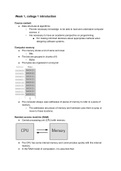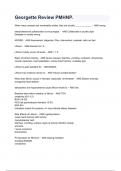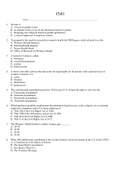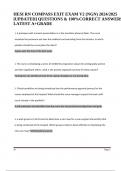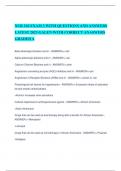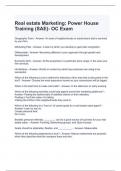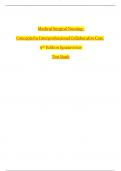Samenvatting
Summary of the course data structures and algorithms for AI, second year course bachelor AI
This summary captures the course data structures and algorithms for AI. Do note that this is the AI version of the course! The Computer Science version (or any other possible version of the course) might be different. It captures all video's used as lectures in the year (COVID breakout).
[Meer zien]
